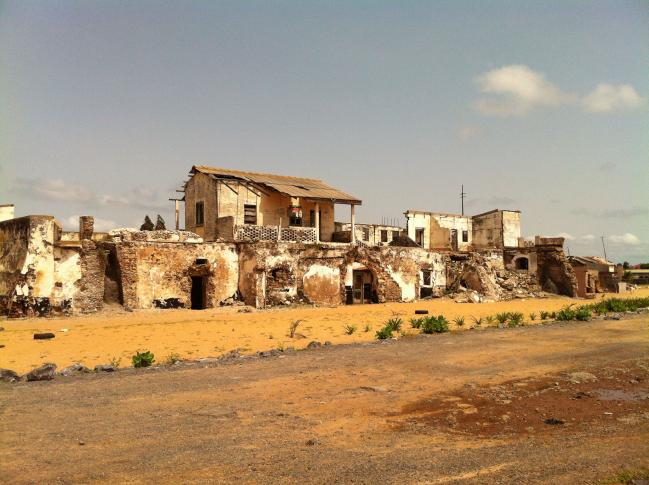Coastal regions are at the centre of two closely related key challenges for today’s societies: environmental change and migration. They are traditionally both origins and destinations of migratory movements. At the same time, coasts are continuously transformed by geomorphological, climatic and other forces. This ongoing change is expected to increase with global warming and its secondary effects. The project focuses on two coastal regions: the region of Semarang in Central Java (Indonesia) is threatened by land subsidence and flooding; the district of Keta (Ghana) is experiencing ongoing, heavy erosion along the coast.
The research project asks how environmental changes and respective risk cultures intersect with evolving migrant trajectories, economic strategies of households and policy responses to create differing sets of constraints and opportunities for “new regional formations”. These are characterised by an array of differing actor sets, negotiation arenas, policies and concrete adaptation measures that are constituted along the environmental change. The concentration on the regional level reflects the now widely accepted idea that regions have significantly grown in importance as hubs of economic and political development and as interpretive frameworks shaping individual and collective identities.
The research is carried out in a fully integrated design. All subprojects will deal with the situation in both regions. Accordingly, the aim will be a high degree of consistence in methods and research design.
Subprojects
SP1 – Environmental changes
SP2 – Risk cultures
SP3 – Migrant trajectories
SP4 – Economic strategies
SP5 – Policy responses





